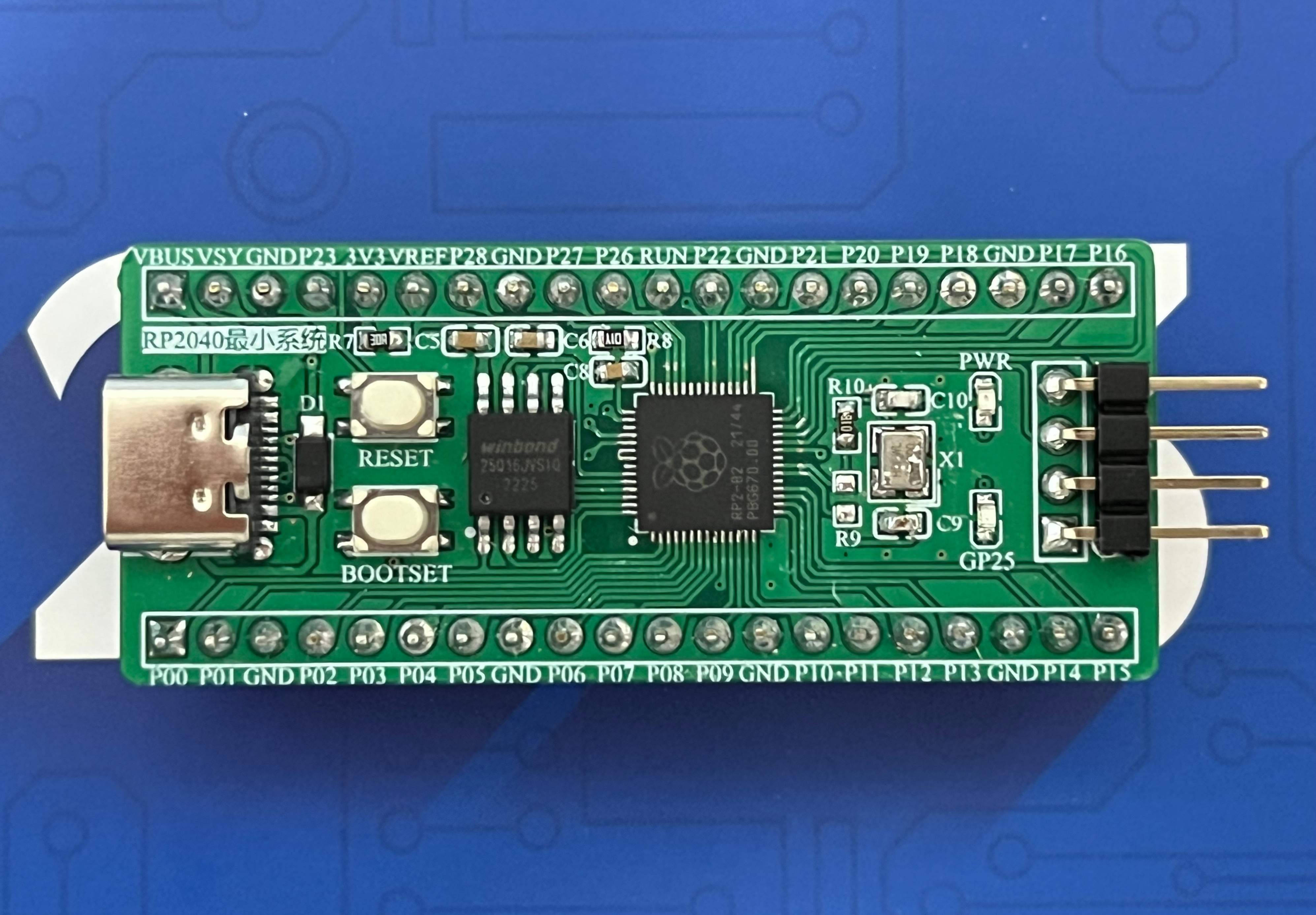 Completed
Completed[ Core board ]RP2040 minimum system
PRO [ Core board ]RP2040 minimum system
[ Core board ]RP2040 minimum system
641
0
0
0
Mode:Full
License
:GPL 3.0
Creation time:2025-02-21 03:30:34Update time:2025-02-24 02:49:22
Description
Designed by 立创EDA课程案例推荐 (from OSHWHub)
Link:https://oshwhub.com/course-examples/he-xin-ban-rp2040-zui-xiao-xi-tong
Design Drawing
 The preview image was not generated, please save it again in the editor.
The preview image was not generated, please save it again in the editor.Add to Album
0
0
Share
Report
Followers0|Likes0
Related projects
 Empty
Empty


Comment